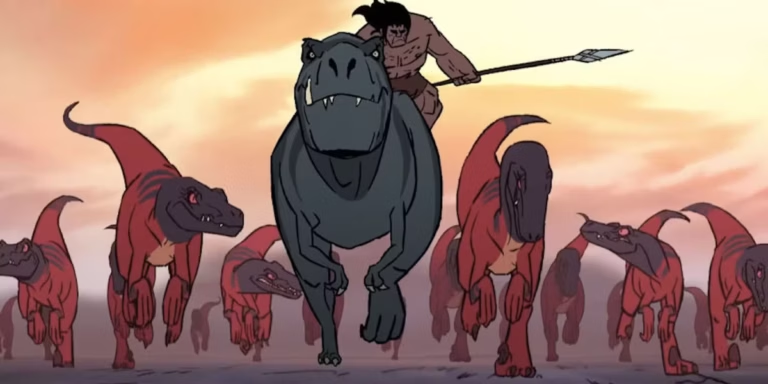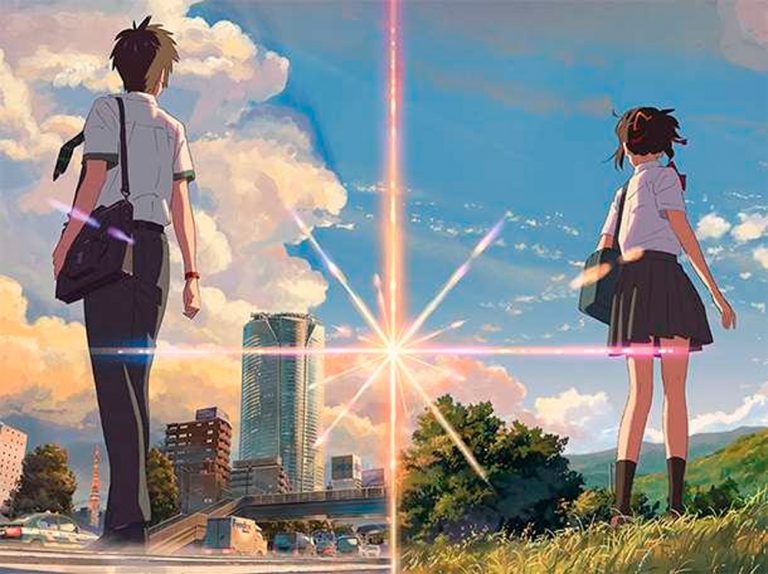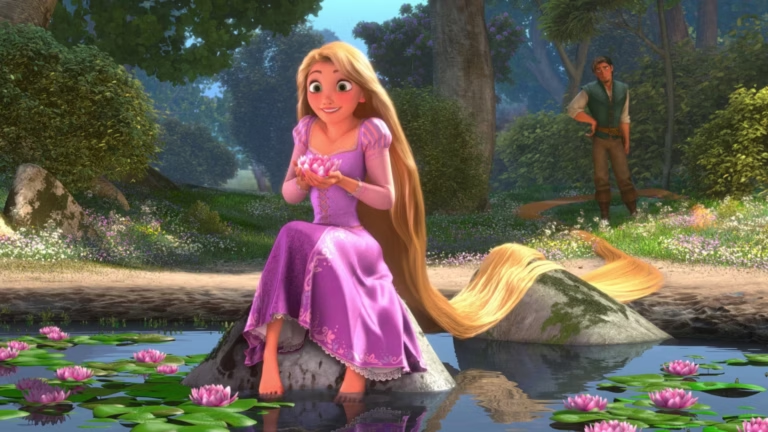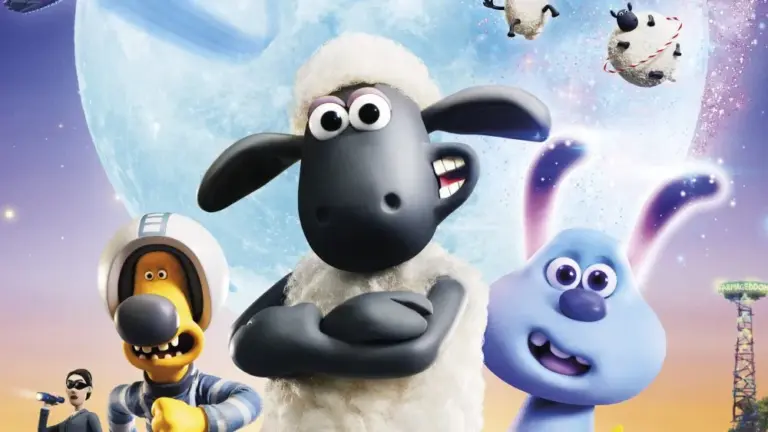Review: Pinocchio (2019)
If you’re tired of Western animated films—particularly from the U.S.—filled with feminist, LGBT, or racial themes like Onward, Maleficent: Mistress of Evil, Terminator: Dark Fate, or Scoob!, the 2019 Italian adaptation of Pinocchio might pleasantly surprise you. Recent American movies often insert political or social statements, even briefly, which can alienate neutral viewers. Personally, despite supporting LGBT issues, I’ve found this forced approach creates unnecessary discomfort.
I was looking for a pure, non-politicized movie experience similar to classics like The Lord of the Rings: The Fellowship of the Ring, and found Pinocchio (2019) to be an excellent choice amidst an overly politicized film landscape.
Story and Adaptation
The 2019 film closely follows the original tale (about 90%), omitting minor characters like the cat and owl, and modifying certain plot elements. Unlike the magical flair of Disney’s 1940 version, the fairy here appears sparingly, without spectacular magic, grounding the story in realism.
The overall tone and storytelling are significantly darker, with gothic visuals and realistic performances that might not be suitable for younger children under 13. Some viewers found this darker style unsuitable for kids, but as someone who enjoys gothic aesthetics, I found it refreshing and effective.
Visuals and Effects
The live-action visuals are impressively realistic, leaning into unsettling, sometimes creepy aesthetics. Fans of horror or darker fantasy might appreciate the design, though it might be too intense for very young audiences. Memorable characters include a talking tuna with a human face, a snail maid, and the grim yet amusing funeral scene reminiscent of a certain viral coffin-carrying meme.
The film’s gloomy atmosphere contributes significantly to its unique identity compared to traditional children’s stories.
Characters and Performances
While Pinocchio remains central, director Matteo Garrone expands the character development beyond the original narrative. Pinocchio starts as a mischievous and stubborn boy who gradually learns valuable lessons after suffering consequences.
Geppetto (Roberto Benigni) beautifully exemplifies paternal sacrifice and unconditional love, making profound sacrifices to ensure Pinocchio’s happiness. Gatto (Rocco Papaleo) and Volpe (Massimo Ceccherini), originally con-artist animals, appear here as partially human figures, effectively symbolizing deceit and manipulation.
The fairy, Fata Turchina (Marine Vacth), diverges notably from Disney’s depiction. Her magic is indirect rather than overtly fantastical, reflecting the film’s underlying message that miracles are subtle and often unnoticed in real life.
Themes and Messages
The film conveys meaningful lessons without heavy-handed magical interventions, emphasizing real-life values and consequences. Pinocchio’s journey underscores the significance of personal responsibility, honest work, and the painful yet necessary experiences that shape genuine growth.
It beautifully illustrates how genuine rewards come from earnest effort rather than shortcuts or trickery. The subtle moral lessons, symbolized through characters like the wise old frog, resonate deeply and realistically without appearing preachy.
The film ultimately stresses the importance of courage, personal growth through adversity, and the value of listening to wise counsel before it’s too late.
Live-Action Adaptation and Setting
This adaptation stands apart by rejecting mainstream trends seen in American live-action films. Instead, it chooses realism over flashy, whimsical fantasy, presenting a stark and truthful narrative that still maintains a sense of fairy tale wonder.
Unlike films like Disney’s The Lion King remake, criticized for excessive realism at the expense of emotional resonance, Pinocchio strikes a careful balance. Its grounded yet imaginative storytelling successfully retains the spirit of the original fairy tale.
Drawbacks
Some viewers may find the dark, gloomy visuals and slower narrative pacing unsuitable or unengaging, especially for young children. The film lacks the high-paced excitement or climactic intensity typically expected in children’s films, which may detract from its universal appeal.
Conclusion
Pinocchio (2019) distinguishes itself from mainstream American live-action adaptations with its serious tone, realistic visuals, and profound thematic depth. Despite some drawbacks—its slower pace and dark aesthetic—it offers valuable lessons for both children and adults. It’s a thoughtful, rewarding viewing experience worth recommending.
Happy watching!








